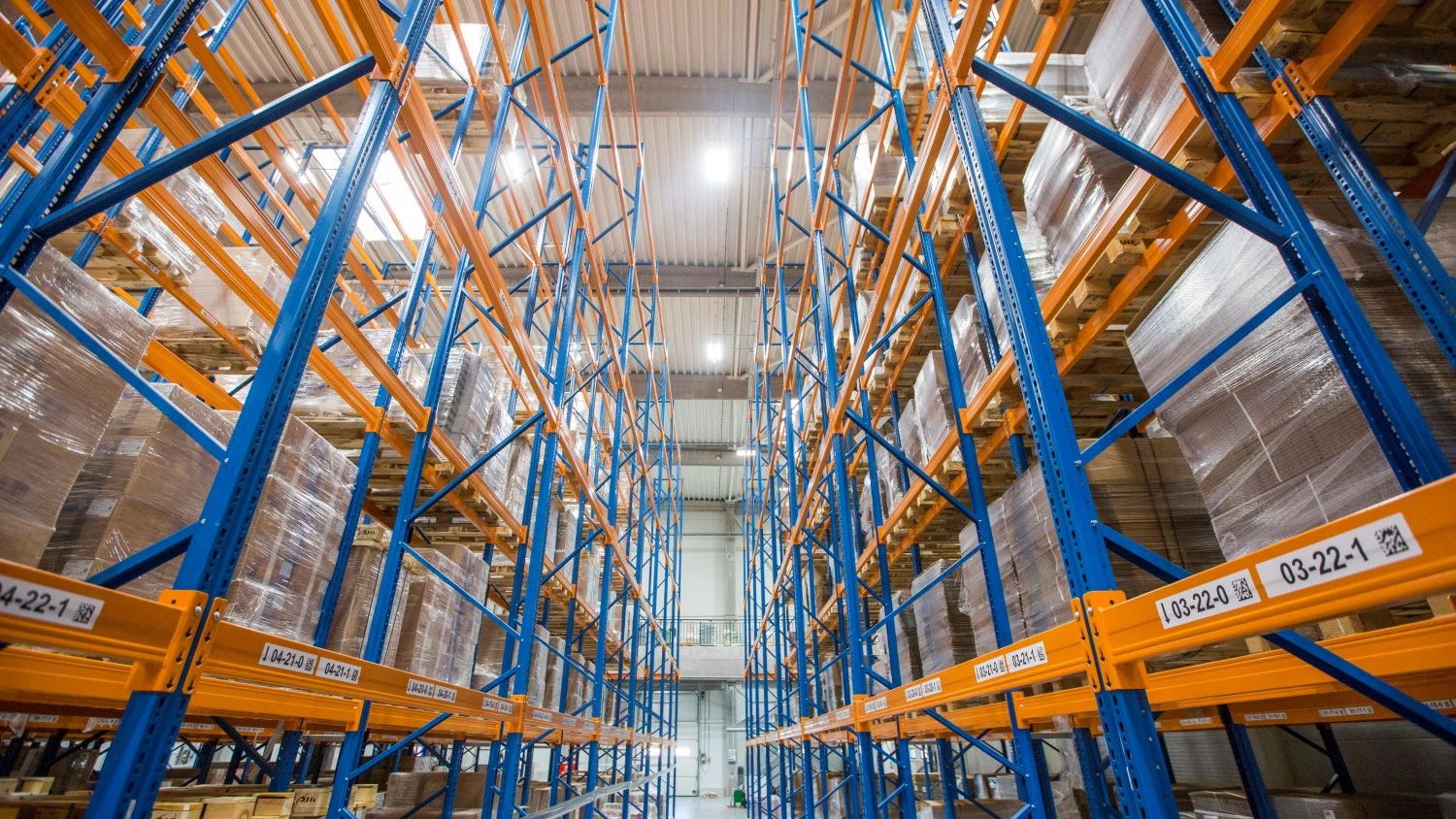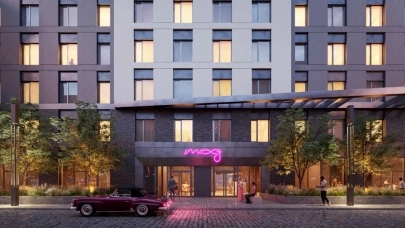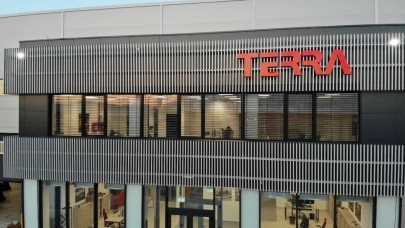
According to AXI Immo, the Polish industrial market remains in great form. The sector is still attractive in the eyes of investors, and the boom in the e-commerce industry continues to fuel occupier demand. Take-up in Q1 2021 was 59% higher than in the same period last year, at 1.6m sqm. In addition, new sources of financing and greater developer confidence resulted in an increase in the amount of space under construction, which at the end of March 2021 reached 2.3m sqm (+11% y/y).
Q1 2021 on the warehouse investment market
After the spectacular and historic result achieved by the warehouse investment market in 2020 (€2.6bn), Q1 2021 also recorded high transaction volumes, at €425m. This accounts for over 30% of total capital invested into the Polish commercial real estate sector in Q1. High investment activity was driven primarily by acquisitions of schemes that were under construction or at the planning phase. Only one significant deal – the acquisition of the BTS Castorama building in Stryków (Central Poland) by Savills Investment Management – involved an existing asset.
„The logistics sector maintained last year’s momentum on the investment side. Nevertheless, the high number of transactions in the forward funding model is a sign that there is insufficient investment product in the sector. We already noted last year that this shortage could limit capital flows into warehouse and production real estate in Poland. Dearth of supply and robust investor appetite is resulting in ongoing steady yield compression. The strong performance of the e-commerce sector, as well as the expected deglobalisation or shortening of supply chains, make the logistics and production segment a safe haven for many investors,” says Renata Osiecka, Managing Partner, AXI IMMO.
Demand for warehouses
At the end of Q1 2021, gross demand in the warehouse market amounted to 1.6m sqm (+ 59% y/y and +3% q/q). The well-performing e-commerce industry continues to boost demand for logistics space. As an example, the locker giant InPost is planning to open over a dozen distribution centres before the end of 2021, including large and established markets as well as smaller towns such as Kalisz, Koszalin, Siedlce and Wałbrzych. The largest leasing deals of Q1 were:
- a 109,000 sqm BTS contract signed by a courier company with Panattoni in Poznań,
- 53,700 sqm signed by Auchan at GLP Lędziny,
- as well as 50,000 sqm taken by a German e-commerce operator, who will move to SEGRO LP Poznań in Gołuski.
„Interestingly, Poznań recorded the highest take-up of all regions in Q1 2021. Occupiers leased a total of 426,000 sqm as part of multiple small and medium-sized transactions as well as several mega deals. It is also the best result ever for this region, and accounts for 20% of total modern warehouse and production real estate stock in the entire region. On a national level, e-commerce is the dominant trend shaping the entire Polish logistics real estate industry,” says Anna Głowacz, Head of Industrial, AXI IMMO.
New warehouse space completed in Q1 2021
A total of 710k sqm of modern industrial and logistics space was delivered to the market in Q1 2021(+ 48% y/y). As a result of recent development activity, total logistics and industrial stock in Poland reached 21.2m sqm (+12% y/y) at the end of March. Among the largest completions in this period were:
- Prologis Janki – BTS Euronet (73,400 sqm),
- Panattoni Park Gdańsk Airport (71,600 sqm in two buildings),
- Panattoni BTS OTCF Czeladź (67,000 sqm),
- 7R Beskid Park II (54,400 sqm, one BTS building & multi-tenant)
- Hillwood Piekary Śląskie (42,500 sqm).
After taking into account the new supply, Warsaw still remains the largest logistics market (over 4.88m sqm), followed by Upper Silesia (3.7m sqm) and Central Poland (3.3m sqm). The largest increases in the total stock of warehouse and production space were recorded in the Tri-City region, at 21% (to 901,000 sqm), Lower Silesia, at 18% (to 2.6m sqm) and Lesser Poland, at 17% (to 558,000 sqm).
“The share of space built on a speculative basis remained stable at a low level of just 26%, but we expect it to gradually increase over the coming quarters. This opinion is strengthened by the situation in Lower Silesia, where the percentage of space built speculatively amounted to over 60%,” adds Anna Głowacz.
Robust occupier demand has led to solid absorption of warehouse and production space on the Polish market. As a result, the vacancy rate declined despite a rebound in development activity, to 6.4% (-140 bps) as at the end of March 2021. Upper Silesia had the highest level of vacancy in Q1, at 10.6%, followed by Warsaw Zone II (8.5%). Meanwhile, Warsaw zone III had the lowest level of space available for immediate occupation (0.6%), followed by Eastern Poland (1.2%) and Western Poland (1.3%).
The thaw in the new supply
The drop in availability did not significantly affect rental rates, which remained broadly unchanged during the first three months of 2021 in the majority of schemes. A slight upward trend was observed in headline rents at several newly built schemes in markets with the strongest fundamentals. Average asking rents at big box parks currently range from €3.3 to 3.6 per sqm per month in key markets. There is a widening gap between asking rents for big box versus last mile/SBU projects, with the latter starting from €3.9. Warsaw remains the most expensive location within the last mile/SBU segment as it commands rents of over €5 per sqm. More meaningful increases in asking rents at newly built projects can be expected in due course due to the surge in raw material prices, which directly impact building costs.
“New sources of financing and strong occupier demand will encourage developers to increase their activity in the development of new warehouse space in the upcoming quarters. Consequently, a greater balance between supply and demand will result in a slightly slower decline in availability. We nevertheless expect vacancy to fall to a level that will facilitate rental growth in the longer term. On the investment market, we expect continued high interest in the Polish warehouse market, with further compression of capitalisation rates due to the shortage of high-class warehouse facilities for sale,” adds Renata Osiecka.



